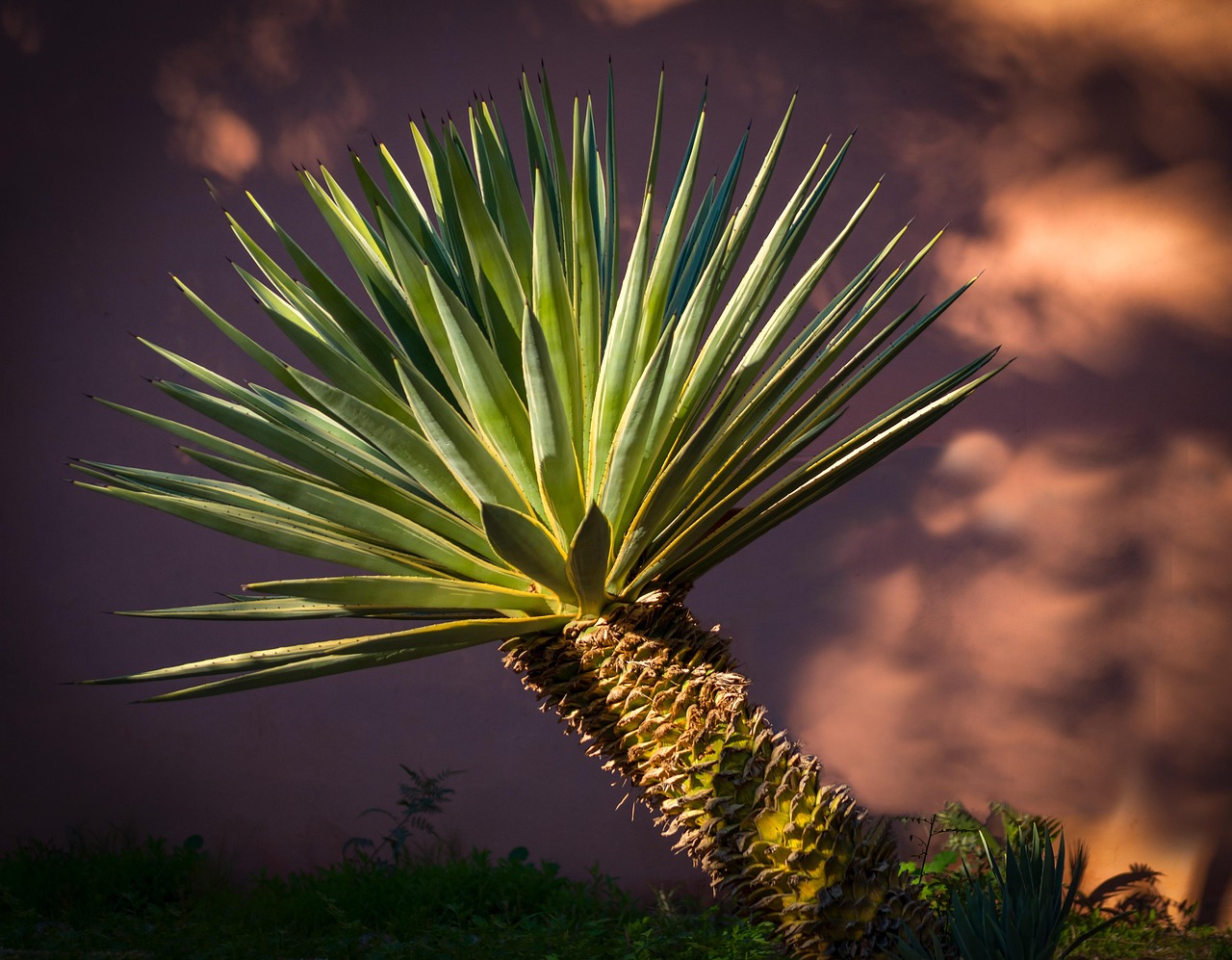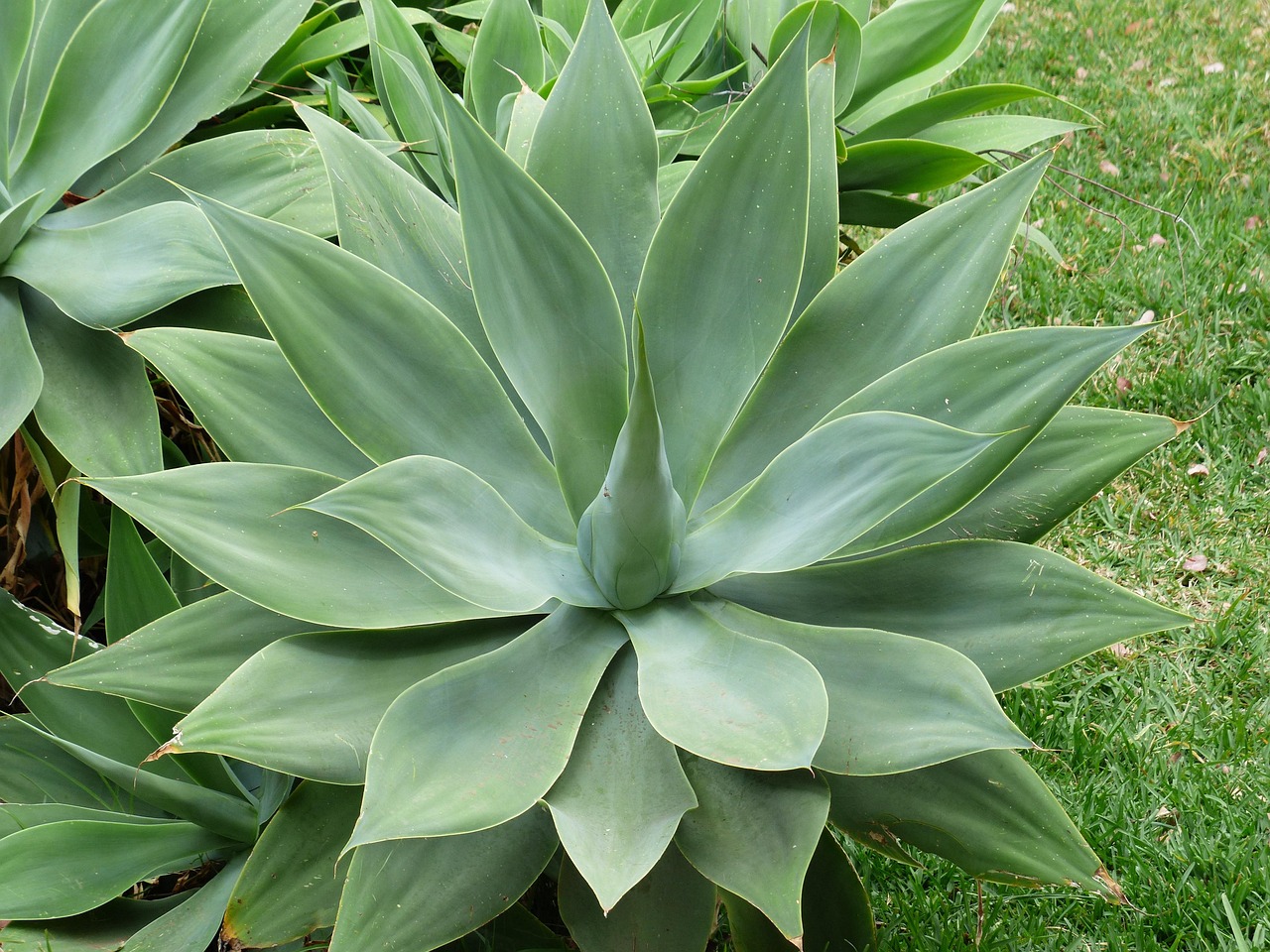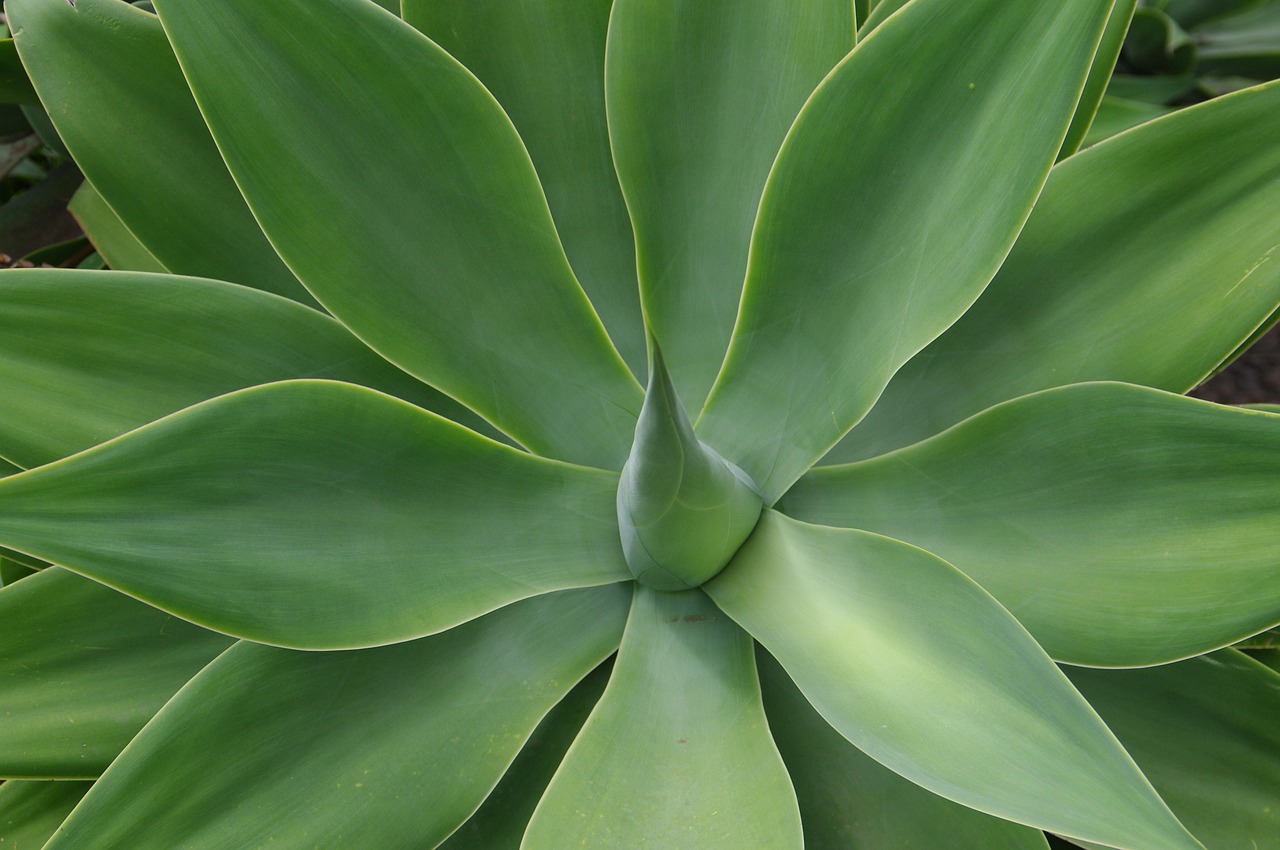Many plant owners notice unusual changes in their agave plants. These changes can stem from various factors, including environmental conditions, pests, or diseases. Understanding the reasons behind these changes is essential for maintaining a healthy agave.
Agave plants are resilient succulents native to the arid regions of the Americas. They have adapted to survive in harsh conditions, making them popular choices for gardens and landscapes. However, even the hardiest plants can exhibit odd appearances due to stress or health issues. Observing your agave closely can give you clues about what might be affecting it.

When your agave looks different, it can be helpful to pinpoint potential causes. The following table summarizes common reasons your agave may appear unhealthy or “weird,” along with some symptoms to look for:
| Cause | Symptoms |
|---|---|
| Overwatering | Yellowing leaves, mushy texture |
| Underwatering | Wrinkled leaves, drooping |
| Pests | Webbing, small holes in leaves |
| Fungal infections | Black spots, wilting leaves |
| Sunburn | Brown tips, bleached patches |
| Temperature stress | Curling leaves, stunted growth |
Understanding Agave Health Issues
To effectively address your agave’s issues, it is essential to understand the most common health problems that may affect it. Each problem can manifest in different ways, often leading to confusion for plant owners. By recognizing the symptoms early, you can take appropriate action to restore your plant’s health.
Watering Concerns
Watering is one of the most critical aspects of agave care. Both overwatering and underwatering can lead to significant issues. Overwatering often results in root rot. This condition occurs when the roots sit in waterlogged soil for too long. Symptoms include yellowing leaves and a mushy texture. Conversely, underwatering can cause leaves to wrinkle and droop. It is vital to find a balance in watering practices.
Pest Problems
Pests such as aphids, mealybugs, and spider mites can wreak havoc on your agave plants. These pests feed on the sap of the plant, leading to various symptoms like webbing or small holes in the leaves. Regularly inspecting your plants for any signs of infestation can help you catch these pests early.
Environmental Factors
Agaves thrive in sunny environments but can suffer from sunburn if exposed to intense sunlight for prolonged periods. This condition results in brown tips and bleached patches on the leaves. Additionally, sudden temperature changes can cause stress to the plant. Cold temperatures can lead to curling leaves and stunted growth.
Addressing these environmental factors involves careful placement of your agave and monitoring weather conditions. Providing adequate shade or protection during extreme weather can help maintain a healthy plant.
Disease Management
Fungal infections are another concern for agave owners. These infections often present as black spots or wilting leaves. Ensuring good air circulation around your plants and avoiding overhead watering can help prevent fungal growth. If you notice signs of disease, prompt action is necessary to prevent further spread.
Identifying Specific Symptoms of Agave Distress
Understanding the specific symptoms of agave distress can greatly assist in diagnosing the issue. Each symptom can indicate different underlying problems. By paying attention to these signs, you can take targeted actions to help your agave recover.
Yellowing Leaves
One of the most common symptoms seen in agave plants is yellowing leaves. This condition can arise from several factors:
- Overwatering: Excess moisture leads to root rot, causing leaves to yellow and drop.
- Nutrient Deficiency: Lack of essential nutrients, particularly nitrogen, can result in yellowing foliage.
- Sunburn: Prolonged exposure to intense sunlight can also cause yellow leaves, often accompanied by browning edges.
To determine the cause, assess your watering schedule and inspect the plant’s environment.
Drooping Leaves
Drooping leaves are another distress signal. This symptom typically indicates:
- Underwatering: Insufficient water can lead to dehydration, causing the leaves to droop and wrinkle.
- Pest Damage: Infestations may weaken the plant, resulting in droopy leaves.
It is crucial to check the soil moisture level and look for any signs of pests when you notice drooping leaves.
Pest Identification and Treatment

Pests can sometimes be challenging to identify but understanding their common symptoms can help. Here are some common pests that may affect your agave:
Aphids
Aphids are small, soft-bodied insects that feed on plant sap. Their presence can lead to:
- Sticky residue on leaves (honeydew)
- Distorted growth due to sap loss
Mealybugs
Mealybugs appear as white, cottony masses on the plant. Symptoms include:
- Stunted growth
- Leaf drop
Spider Mites
These tiny arachnids can cause significant damage. Look for:
- Fine webbing on leaves
- Pale or speckled leaf surfaces
If you suspect a pest infestation, consider using insecticidal soap or neem oil to treat the affected areas. Regular inspections and maintaining plant health can prevent infestations.
Soil and Drainage Considerations

The type of soil and drainage conditions greatly influence the health of your agave. Agaves prefer well-draining soil that mimics their natural habitat. Here are some important factors to consider:
Soil Type
A well-draining potting mix is essential for healthy agave growth. Consider using:
- Cactus Mix: Specifically formulated for succulent and cactus plants.
- Sandy Soil: Enhances drainage properties and prevents root rot.
Drainage Solutions
Proper drainage is crucial to avoid waterlogged conditions. To improve drainage:
- Use pots with drainage holes.
- Add gravel or perlite to the soil mix.
Ensuring that your agave has the right soil and drainage conditions will help maintain its health and appearance.

Seasonal Care for Your Agave
Agave plants require different care depending on the season. Understanding how seasonal changes affect their growth can help you provide optimal care throughout the year. Proper seasonal care ensures that your agave remains healthy and vibrant.
Spring Care
Spring is a crucial time for agave as it emerges from dormancy. During this season, consider the following care practices:
- Watering: Begin to increase watering as the plant starts to grow actively. Ensure the soil dries out between watering sessions.
- Fertilization: Apply a balanced, slow-release fertilizer specifically designed for succulents. This will provide essential nutrients for growth.
- Repotting: If your agave has outgrown its pot, spring is an excellent time to repot it into a larger container with fresh soil.
Summer Care
Summer can be a challenging period for agave due to heat and increased sunlight. Here are some summer care tips:
- Watering Frequency: Water more frequently, but always check the soil moisture first. Adjust based on temperature and humidity levels.
- Sun Protection: In extremely hot climates, consider providing shade during the hottest part of the day to prevent sunburn.
- Pest Monitoring: Regularly inspect for pests, as they can thrive in warm conditions. Early detection is key to managing infestations.
Autumn Care
As temperatures begin to cool in autumn, your agave’s growth will slow down. Adjust your care routine accordingly:
- Reduce Watering: Water less frequently as the plant enters dormancy. Allow the soil to dry out more thoroughly between waterings.
- Fertilization Cessation: Stop fertilizing as the plant prepares for dormancy. This helps prevent unnecessary stress on the plant.
- Pest Control: Continue monitoring for pests and treat infestations promptly.
Winter Care
Winter is a dormant period for most agave species. Proper care during this time is essential to prevent damage:
- Watering Needs: Water minimally, only enough to keep the plant from completely drying out. Ensure that your agave is not exposed to frost or freezing temperatures.
- Indoor Placement: If your agave is in a pot, consider bringing it indoors if temperatures drop significantly. Place it near a bright window.
- Avoid Overwatering: Be cautious of overwatering, as dormant plants are more susceptible to root rot.
Common Varieties of Agave and Their Needs
Different agave species have unique characteristics and specific care requirements. Familiarizing yourself with common varieties can enhance your care routine:
Agave Americana
This species, known as the century plant, is one of the most popular. It requires:
- Full Sunlight: Thrives in direct sunlight and well-drained soil.
- Minimal Watering: Very drought-tolerant once established; water sparingly.
Agave Tequilana
The blue agave is famous for producing tequila. Its needs include:
- Sandy Soil: Prefers sandy, well-draining soil to prevent root rot.
- Warm Temperatures: Flourishes in warm environments; protect from frost.
Agave Victoriae-Reginae
This agave is known for its striking rosette shape. Its requirements are:
- Partial Shade: Tolerates partial shade but grows best in bright light.
- Regular Checks for Pests: Monitor closely as it can be susceptible to mealybugs.
Understanding the specific needs of your agave variety will help you provide tailored care, ensuring their health and longevity.
Addressing Common Misconceptions About Agave Care
When caring for agave plants, several misconceptions can lead to improper care. Understanding these misconceptions will help you provide the best environment for your agave.
Myth: Agaves Do Not Need Water at All
While it is true that agaves are drought-tolerant plants, they still require water, especially during their growing season. The key is to strike a balance. Overwatering is harmful, but underwatering can also lead to stress and health issues.
Myth: All Agave Species Have the Same Care Requirements
Different species of agave have unique needs. For instance, while some prefer full sun, others thrive better in partial shade. It’s essential to research the specific variety of agave you have to tailor your care appropriately.
Myth: Agaves Are Low-Maintenance Plants
Although agaves are relatively low-maintenance compared to other plants, they still require regular attention. Inspecting for pests, monitoring watering needs, and ensuring the right soil conditions are necessary tasks that should not be overlooked.
Seasonal Observations and Adjustments
As seasons change, so do the needs of your agave plants. Being observant during each season can help you adapt your care accordingly. Here are some additional tips for seasonal adjustments:
- Spring: Look for signs of new growth and increase watering gradually.
- Summer: Monitor for signs of stress from heat and adjust watering frequency based on temperature.
- Autumn: Prepare your agave for dormancy by reducing watering and ceasing fertilization.
- Winter: Protect your agave from frost and minimize watering to prevent rot.
By observing these seasonal changes, you can ensure your agave remains healthy throughout the year.
Final Thoughts
Caring for an agave plant requires knowledge and attention. By understanding the common issues that can arise, such as environmental stressors, pests, and specific care needs, you can maintain a thriving plant. Remember to tailor your care practices based on the species of agave you own and the seasonal conditions in your area.
Regular inspections, appropriate watering practices, and the right soil conditions are crucial components in supporting your agave’s health. Embrace the process of learning about your plant’s requirements, and you’ll be rewarded with a beautiful and resilient agave in your home or garden.
Ultimately, a well-cared-for agave can be a stunning addition to your landscape or indoor space, bringing a touch of the desert’s beauty into everyday life. With patience and diligence, you can ensure your agave looks its best every day.
